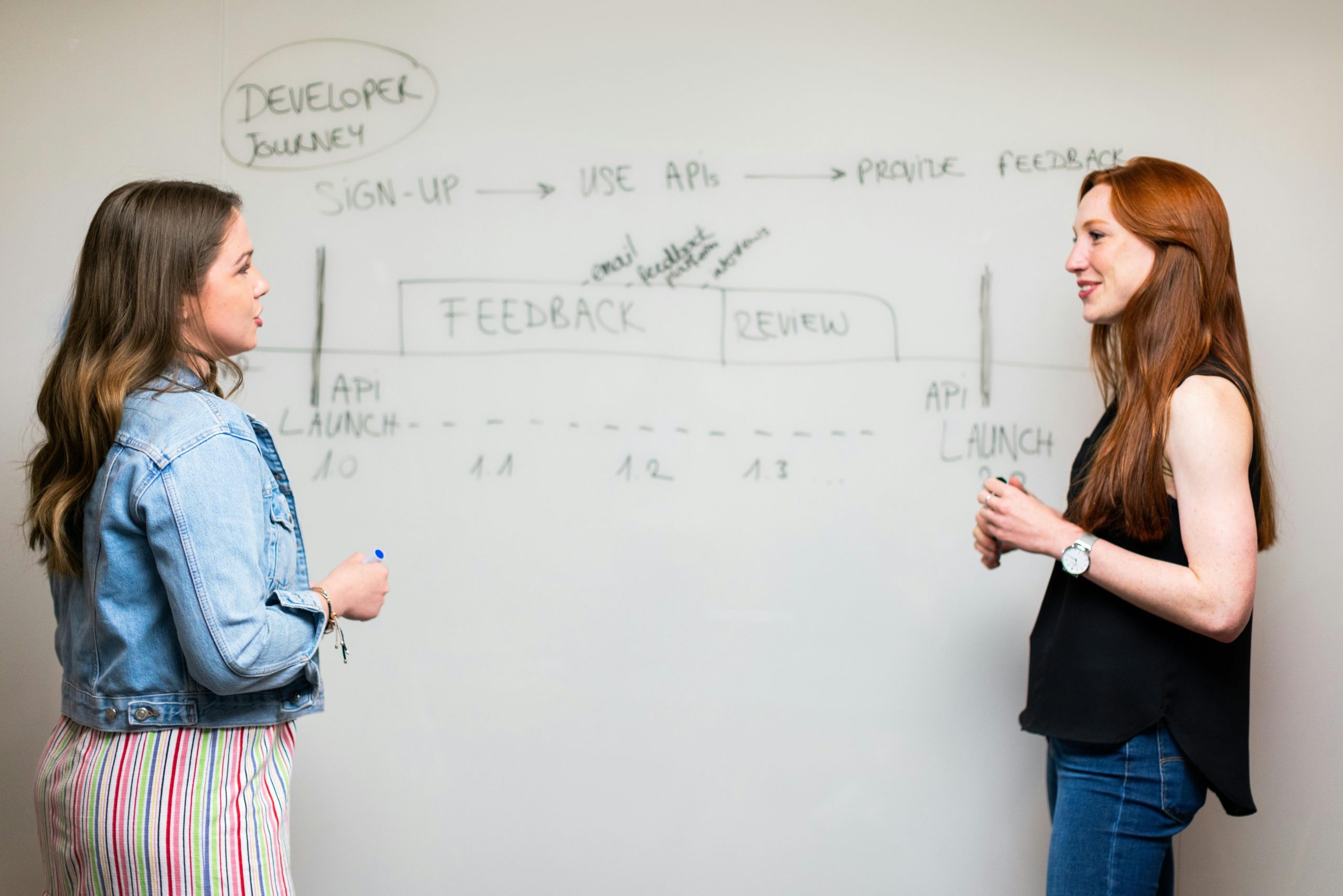How Utilizing AI as a Relationship Translator Transformed My Love Life
Navigating the complexities of romantic relationships can often feel overwhelming, especially when different attachment styles come into play. Recently, I discovered a powerful tool that has significantly improved my relationship: leveraging artificial intelligence as a relationship translator. This innovative approach has been nothing short of a lifesaver.
Understanding Attachment Styles
Understanding the concept of attachment styles is essential for healthy relationships. If you’re not already familiar with them, I highly recommend exploring how they shape our interactions and emotional responses. For example, my girlfriend of six years identifies as fearful-avoidant. This realization has helped shed light on many challenging moments we faced together.
In the past, I found myself feeling triggered by her emotional spirals. However, I have started using GPT to better understand her responses. By inputting her messages into the AI while considering her attachment style, I can decipher what she genuinely means and what she needs from me. Additionally, it helps me articulate my feelings in a way that avoids blaming or shaming, enriching our communication and fostering empathy.
A Real-Life Example
Let’s take a look at a recent exchange that highlights the effectiveness of this approach. My girlfriend expressed her feelings with a heartfelt message:
“I love you. I love what we once were. But I think neither of us love what I have become. I’m a wreck from everything that has happened and I don’t know what to do. I’m sorry. I thought I’d know after talking to you about my needs, but I don’t know how to feel better and feel safe again. I’ll take all the blame. I thought I could face this. But I don’t want to come home. I don’t know how to face the mess I’ve made of my life even after this reset.”
After processing her words through GPT, I received this insightful breakdown:
Her message was heavy and deeply rooted in her fearful-avoidant pain—it was a plea for help rather than a rejection. Instead of distancing herself, she was overwhelmed by feelings of shame and fear, making her feel unlovable in her current state.
She was expressing:
- Grief over her identity: “I don’t love who I’ve become.”
- A sense of hopelessness: “I don’t know what to do.”
- Taking on blame as a way to avoid intimacy or deeper accountability: “I’ll take all the blame.”
- Self-sabotage, as the thought of being

